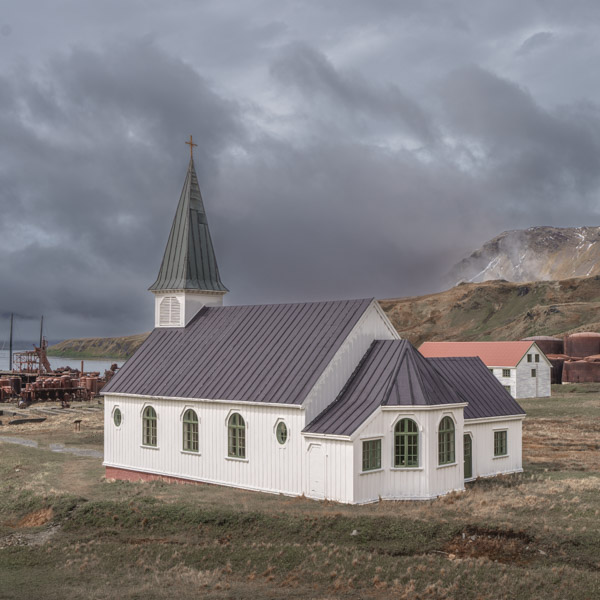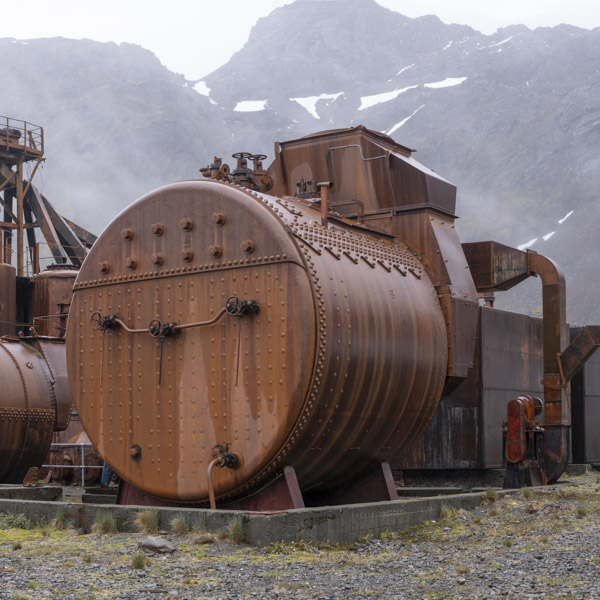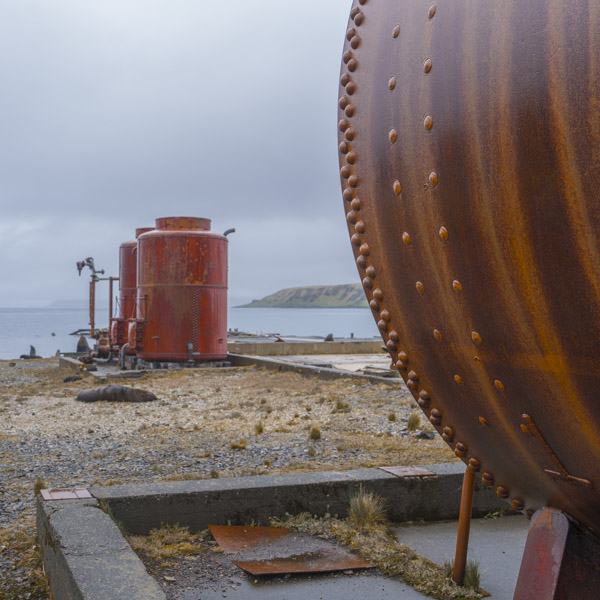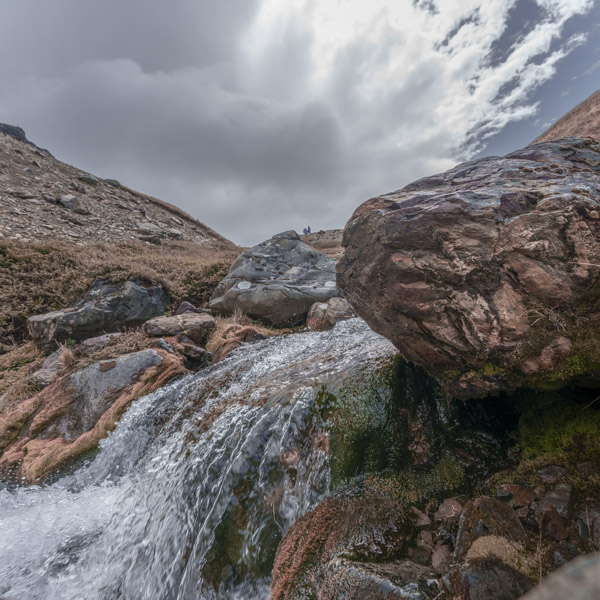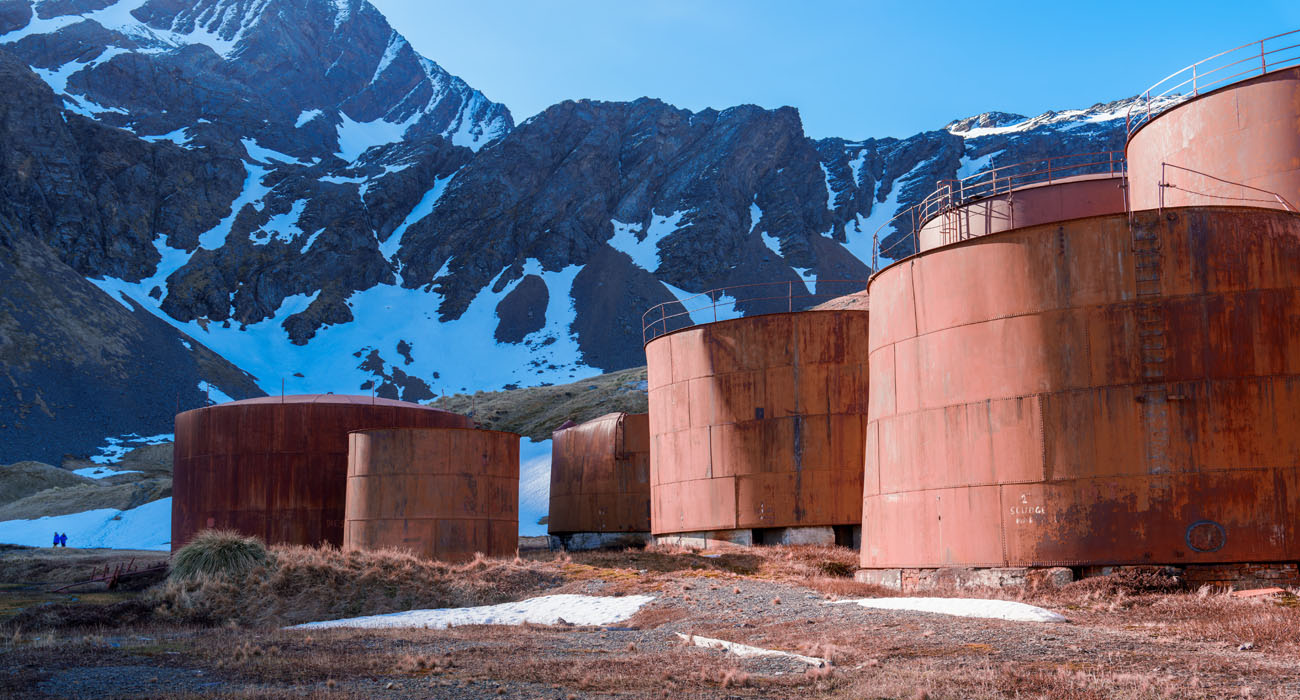In the remote expanse of the South Atlantic Ocean, far from the shipping lanes and tourist trails, lies Grytviken, a place where rusting machinery, windblown snow, and the echo of long-gone voices create one of the most hauntingly beautiful photo locations in the Southern Hemisphere. Once a thriving whaling station, Grytviken is now a silent monument to ambition, survival, and human impact at the edge of the world.
As both a travel photographer and a seeker of stories embedded in abandoned places, Grytviken offers something rare: a ghost town suspended in polar time.
A Place Built by Ice and Industry
Founded in 1904 by Norwegian entrepreneurs, Grytviken quickly became one of the most productive whaling stations in the Southern Ocean. During the early 20th century, hundreds of men lived and worked here under brutal conditions. Today, the buildings still stand — not as ruins, but as time capsules.
The preserved oil tanks, boilers, whale processing platforms, and workers’ quarters tell a story of human enterprise in a hostile environment. For photographers, the site offers a surreal contrast of industrial rust and untouched wilderness, a juxtaposition that lends itself to both documentary and abstract compositions.
Why Photographers Should Come Here
As a photographer, walking through Grytviken is like wandering through a film set with no actors — only natural light, sharp wind, and the creak of old metal. Every frame here tells a story of survival, exploitation, and retreat.
Here are a few highlights to capture:
- Rust textures on aging tanks and equipment: Ideal for macro or minimal compositions.
- The Grytviken Church: A white wooden structure from 1913, beautifully preserved and unexpectedly photogenic against the bleak backdrop.
- Shackleton’s grave in the small cemetery overlooking the bay: A place of reflection and strong composition with its white picket fence and rough headstones.
- Seals and penguins now resting on the same beaches once stained with whale oil — a quiet reclaiming of space by nature.
Don’t expect colorful sunsets or bustling scenes — Grytviken is all about atmosphere, subtle tones, and historic weight.
Shackleton’s Final Rest
Perhaps the most spiritually charged site in Grytviken is the grave of Sir Ernest Shackleton, the legendary Antarctic explorer. He died in South Georgia in 1922 during the Quest expedition and was buried here at the request of his wife.
For storytellers and photojournalists, this moment of connection between human ambition and polar desolation is almost overwhelming. His legacy seems to linger in the icy wind.
Getting There
Grytviken isn’t easy to reach — and that’s part of its magic.
Most visitors arrive as part of an expedition cruise to South Georgia, often combined with trips to the Falkland Islands and the Antarctic Peninsula. Weather dictates everything, so landings aren’t always guaranteed. But when they happen, you’ll walk among relics few have ever seen with their own eyes.
A Site of History and Recovery
Grytviken isn’t just a ghost town — it’s also a reminder of change. Once a hub of ecological destruction, it now stands within the South Georgia Heritage Trust’s efforts to preserve the island’s natural and cultural history.
As a photographer, documenting this transition — from exploitation to conservation — adds depth to your work.
Practical Photography Tips
- Lens choice: A wide-angle for architecture; a 70–200mm for abstracts, wildlife, and portraits of decay.
- Weather gear: Expect wind, snow, and sea spray. Use weather-sealed equipment or protective covers.
- Shoot in RAW: To capture subtle variations in whites, grays, and rust tones.
- Respect the setting: Wildlife has reclaimed many areas. Keep distance, tread lightly, and follow local guidelines.
Tips for Travelers
- Visiting: Book with a small-ship expedition cruise operator offering landings on South Georgia. These often depart from Ushuaia, Argentina.
- Gear up: Bring waterproof boots, windproof layers, and extra batteries.
- There’s no lodging or food in Grytviken — all visits are ship-based and brief.
- Museum: The South Georgia Museum, located in the former manager’s villa, is open during landings and worth every minute.
Final Thoughts
Grytviken is not just a place — it’s an emotion. It’s the weight of history, the echo of endurance, and the unexpected beauty of abandonment. For photographers, it offers not just striking images, but stories etched into every wall and every snowflake.
If you’re drawn to forgotten roads and the poetry of decay, Grytviken belongs on your list.
